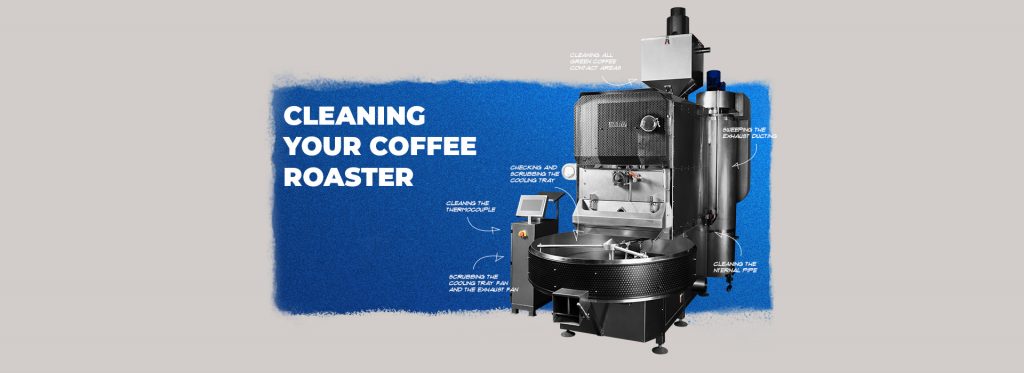Common Coffee Roasting Problems and How to Avoid Them
Coffee roasting is a delicate process where mistakes can happen anytime, especially if you are new to the community. Whether they are human errors or coffee roasting machine-related faults, worry not, as there are ways to mitigate or avoid potential coffee roasting problems completely.
Understanding where it can go wrong will help your green beans reach their full potential. So, to avoid underdeveloped beans, this week, we are looking at common coffee roasting problems and ways to avoid them.
Roasting problem #1: Rushing it
Coffee producers around the world process their beans in various ways. Specialty coffee roasters may start to possess their own unique trait or two in their approach to the task, and experience plays a huge part in helping them grow into their shoes.
In other words, ensuring your desired quality of coffee from every roast comes with time and experience. Rookie roasters may think they have sufficient roasting knowledge to tackle the assignment with finesse. However, with an adequate baseline, the coffee produced can be subpar, negatively affecting your brand and putting your equipment at risk!
If it’s still early days, take your sweet time. Get to know your roastery setup, utilize online resources available, or hire expert roasters— even just to have someone to consult with. Experienced roasters know full and well the coffee roasting problems you may encounter, for instance, the challenges of the first few batches of a roasting session; the importance of warming up your coffee roasting machine, which could alter the entire roast profile if done poorly; and other issues that you could anticipate sooner rather than later.
Roasting problem #2: Poor Preheating and Between Batch Protocol (BBP)
To ensure a consistent roasting workflow, Between Batch Protocol (BBP) should help set you up for success. As a roaster, you will need to identify all the variables at play so they can be controlled and standardized to achieve a constant roast at all times.
BBP is a crucial component of consistency and can help you minimize defects and other coffee roasting problems.
Each roaster may have a distinct style of protocols. Some try to have as little time between the batches as possible, while others have to keep adjusting their BBPs based on the size of the roast.
Many experts in the industry mention that pre-heating is something inexperienced roasters don’t consider enough. Properly pre-heating and cooling down the coffee roasting machine is a protocol that can prevent the machine from breaking and drying out quicker.
See what an efficient Between Batch Protocol looks like here.

Roasting problem #3: Not cupping your roasts
Coffee cupping is a standardized evaluation system of tasting, describing, and scoring coffee. A cupping and tasting program allows you to understand your coffee’s quality better and assess it to improve it.
The world of specialty coffee is filled with complexity. If you haven’t already, create a solid quality control regime by implementing a continual cupping program of your roasts to ensure you achieve optimal results that encompass excellent tasting notes!
The more coffee you taste, or cup, the more connected you will be to the experience you are offering your customers. When roasters fail to sample or ‘cup’ their roasts, they lack roast profiles to compare and contrast and a standard to determine which roasts they aim to bring to the market.
Here is a simple guide to start cupping coffee.
Roasting problem #4: Not maintaining your roaster
The most vital element of any roastery is the roaster! With their fully-functioning machines, specialty coffee roasters can carry out their job effectively and efficiently.
Purchasing a coffee roasting machine makes up the larger part of your investment. Not only does performing regular roaster maintenance imperative for maximizing its lifespan, it ensures the safety of your operation.
Failing to conduct proper maintenance can result in serious coffee roasting problems. For example, neglecting to clean the chaff, also known as husk, increases the risk of a roaster fire, as sparks can ignite the built-up chaff. Issues like this can lead to extended downtime.
A dirty roaster can also significantly disrupt the quality of the batch, leaving an overdeveloped taste in the cup. Learn more about cleaning your coffee roaster and keeping your coffee roasting machine safe and healthy.
Roasting coffee is a work of art. Subtle adjustments and creative controls developed during the process can make each roaster distinct and unique. This keeps the industry so exciting, though it comes with its challenges. Check out our blog for more tips to prevent common coffee roasting problems.
Click here for information regarding our coffee roasting machines.




